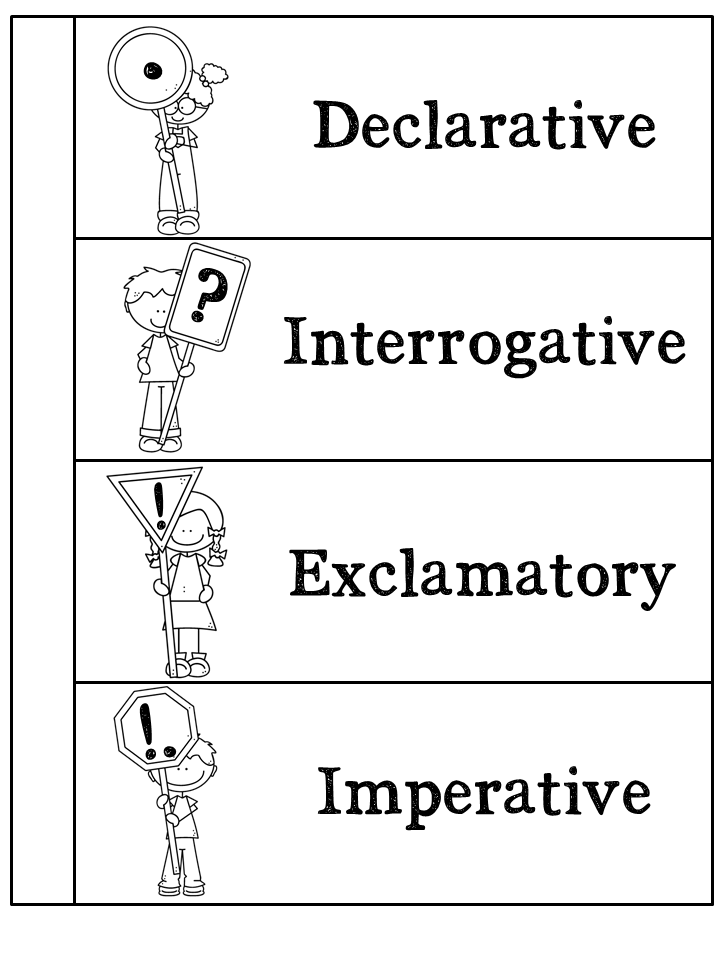As a human we are gifted with the ability to speak and express our thoughts in words. When we speak, we put together words to form sentences. These sentences carry a structure in order to make them comprehensible. The sentence structure decides on how your expressions or emotions might come across to a reader. Therefore, it is important to learn the different types of sentence structure in order to add creativity and interest in your presentations, stories, etc. Basically, sentences are categorized by structure and by purpose.
By structure
According to the basic rules of grammar, a sentence by structure can be of three types:
Simple sentence – a sentence with a single subject and verb is a simple sentence, also called an independent clause.
For instance: I love mangoes.
Compound sentence – a sentence with two or more independent clauses connected by a coordinator, such as- and, but, for, nor, or, so, yet, is a compound sentence.
For instance: I love mangoes and I love drinking mango shake
Complex sentence – a sentence with an independent clause and one or more dependent clauses connected by a subordinator, such as although, after, since, because, when, is a complex sentence.
For instance: He ate the mangoes after his mother got them from their native place.
By purpose
According to the basic rules of grammar, a sentence by purpose can be of four types:
Declarative sentence – These sentences can be of any type discussed above but will have an assertive tone. A declarative sentence ends with a full stop and is generally short and simple.
For instance: I love chocolate – simple and declarative.
Interrogative sentence – These sentences are used to ask a question and hence, ends with a question mark.
For instance: Do you love mangoes?
Exclamatory sentence –These sentences are used to express strong feelings and emotions, namely, anger, happiness, surprise, excitement, etc. It ends with an exclamation mark.
For instance: Oh my God!
Imperative sentence – These sentences are used to express a command or order.
For instance: Get me some chocolates or close the door.
To summarize
English grammar can be confusing when it comes to sentence structure. Therefore, we have laid out the basic rules for sentence formation by structure and purpose. Hopefully, you will be able to structure your sentence grammatically correct with the help of this guide. For more English learning lessons, join our online spoken English class.
About EAgeTutor:
eAgeTutor.com is the premier online tutoring provider. eAge's world-class faculty and ace communication experts from around the globe help you to improve English in an all-round manner. Assignments and tasks based on a well-researched content developed by subject matter and industry experts can certainly fetch the most desired results for improving spoken English skills. Overcoming limitations is just a click of mouse away in this age of effective and advance communication technology. For further information on online English speaking course or to experience the wonders of virtual classroom fix a demonstration session with our tutor. Please visit www.eagetutor.com.
- By Chander Madan
Related topics:
1. Can I or May I - know the difference in usage
2. Difference between the terms - newborn, infants, toddlers
3. The correct usage of hyphens
4. Phrasal Verbs with Take
5. Do you know the difference between see, look and watch?